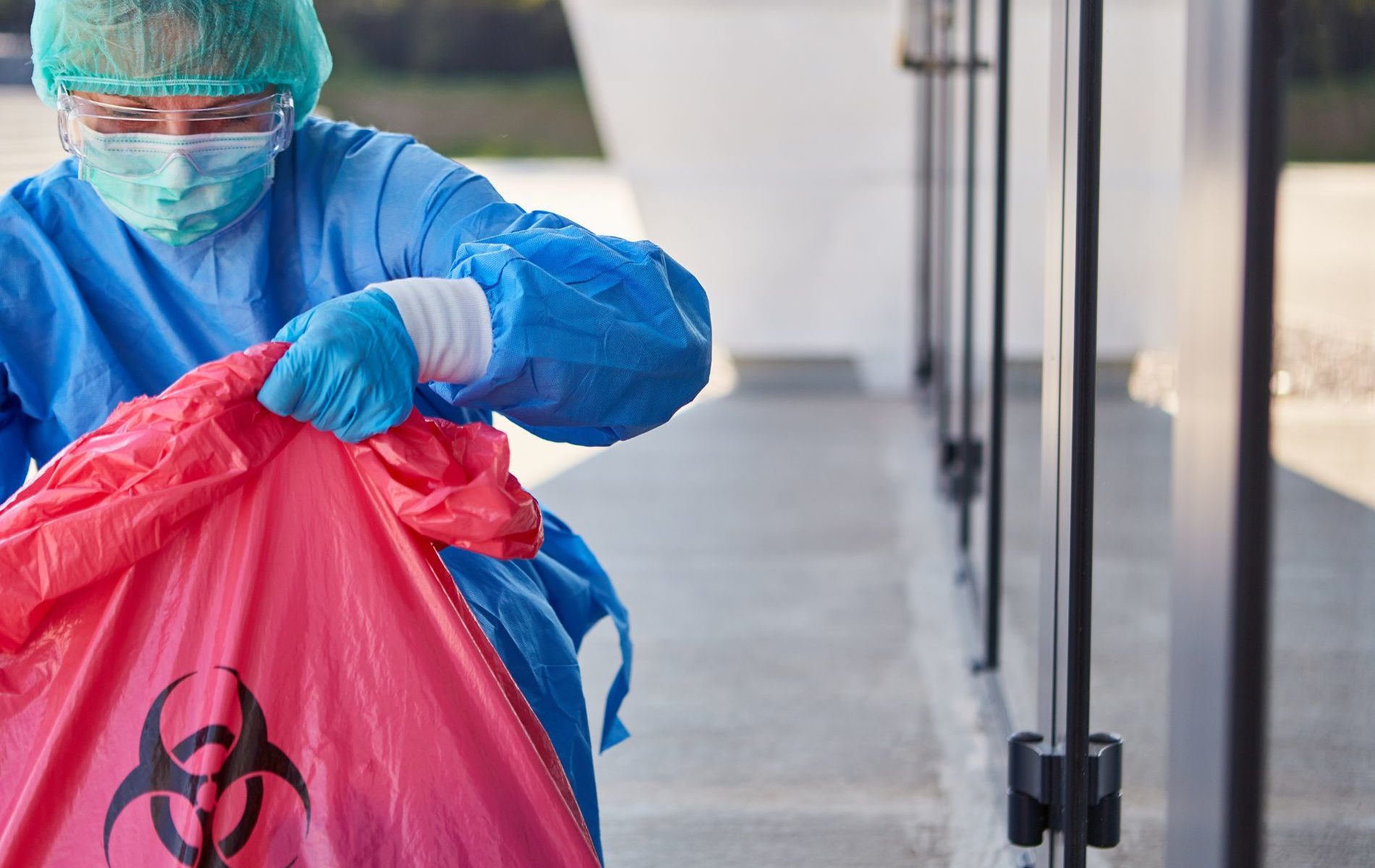The 7-Minute Rule for Reclaim Waste
Table of ContentsReclaim Waste Fundamentals ExplainedLittle Known Questions About Reclaim Waste.A Biased View of Reclaim WasteA Biased View of Reclaim WasteSome Of Reclaim Waste
Domestic sewage waste refers to the waste and items from a household septic tank. The proper management and disposal of residential sewer waste require fluid waste to be transferred to a sewage therapy plant where the proper techniques and tools are applied to detoxify and dispose of waste.
Business waste often consists of possible dangers, such as flammable products or a mixture of fluid and strong waste products, and requires an advanced and comprehensive disposal procedure. The disposal of industrial waste usually includes the filtration of waste prior to transportation to guarantee risk-free and appropriate disposal. Industrial waste is developed from byproducts and drainage of industrial procedures and manufacturing.
This type of waste can not make use of the exact same sewage management transportation or processes as septic or commercial fluids. The hazardous waste administration process needs the inspection and screening of fluid waste prior to it goes through the disposal process (liquid waste disposal melbourne). Runoff waste is the fluid waste that comes from runoff and excess stormwater in highly booming locations or cities
Overflow waste can create contamination and flooding if not taken care of correctly. Making certain proper waste monitoring can prevent calamities and minimize environmental injury.
The 4-Minute Rule for Reclaim Waste
Contact PROS Services today to find out about our waste administration and disposal services and the correct means to look after the fluid waste you create.
Do you understand what takes place to your water when you end, flush the commode or drain the cleaning equipment? No? Well, it deserves understanding. This supposed 'wastewater' is not just a vital source yet, after therapy, will be launched to our land, waterways or the ocean. Utilized water from commodes, showers, baths, cooking area sinks, laundries and industrial procedures is referred to as wastewater.

water made use of to cool equipment or clean plant and tools). Stormwater, a kind of wastewater, is drainage that flows from farming and city locations such as roofings, parks, yards, roads, courses and seamless gutters right into stormwater drains, after rainfall. Stormwater streams neglected straight to local creeks or rivers, ultimately getting to the sea.
The Main Principles Of Reclaim Waste
In Queensland, most wastewater is dealt with at sewage therapy plants. Wastewater is moved from residential or industrial sites through a system of sewers and pump terminals, known as sewage reticulation, to a sewer treatment plant.
The Department of Natural Resources advises city governments about handling, operating and keeping sewerage systems and treatment plants. In unsewered areas, neighborhood federal governments might require homeowners to install individual or family sewage treatment systems to treat residential wastewater from toilets, kitchen areas, washrooms and washings. The Division of Natural Resources authorises making use of family systems when they are confirmed to be reliable.
Many stormwater obtains no therapy. In some brand-new communities, therapy of some stormwater to remove clutter, sand and crushed rock has actually started making use of gross pollutant traps. Wastewater treatment takes place in four phases: Removes solid matter. Larger solids, such as plastics and various other things incorrectly discharged to drains, are eliminated when wastewater is passed through screens.
Wastewater then flows into large storage tanks where solids work out and are gotten rid of as sludge. Oil and scum are skimmed from the surface. Uses tiny living microorganisms called micro-organisms to damage down and eliminate staying dissolved wastes and fine particles. Micro-organisms and wastes are incorporated in the sludge. Removes nitrogen and phosphorus nutrients that could create algal blossoms in our waterways and intimidate aquatic life.
6 Easy Facts About Reclaim Waste Explained
Nutrient removal is not readily available at all sewage treatment plants due to the fact that it requires pricey specialist tools. Clear liquid effluent generated after therapy might still include disease-causing micro-organisms - industrial wastewater treatment.

This generally implies wastewater has actually to be treated or contaminants eliminated before it can be released to rivers. Most wastewater flows into the sewerage system. Under the Act, city governments carry out approvals and licences for ecologically relevant tasks (ERAs) including wastewater launches that might have a regional effect. The division carries out authorizations and licences to Periods including wastewater launches that could have a local or statewide influence.
All about Reclaim Waste
Or else, samples are taken for laboratory evaluation. Commonly many tests are needed to develop the degrees my explanation of each of the various toxins such as oils, heavy metals and pesticides in water. Monitoring gives accurate details concerning water high quality and can verify that licence problems are being satisfied. The information gotten with monitoring gives the basis for making water high quality decisions.
Comments on “The Definitive Guide for Reclaim Waste”